Search
Remove Ads
Advertisement
Summary 
Loading AI-generated summary based on World History Encyclopedia articles ...
Search Results

Definition
Animal Husbandry
Animal husbandry is commonly defined as a branch of agriculture dealing with the domestication, breeding, and rearing of animals for various purposes including labor (as in the case of large animals), a food source, protection, and companionship...

Article
Herodotus on Animal Sacrifice in Egypt
II:38. The males of the ox kind they consider to belong to Epaphos, and on account of him they test them in the following manner: If the priest sees one single black hair upon the beast he counts it not clean for sacrifice; and one of the...
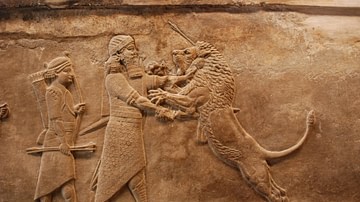
Definition
Mesopotamia
Mesopotamia (from the Greek, meaning 'between two rivers') was an ancient region located in the eastern Mediterranean bounded in the northeast by the Zagros Mountains and in the southeast by the Arabian Plateau, corresponding to modern-day...
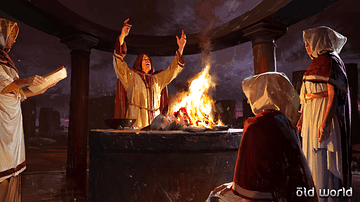
Image
Animal Sacrifice
Artist's impression of an animal sacrifice. In most cultures around the ancient Mediterranean, including Greece and Rome, animals were frequently sacrificed as an offering to the gods. The gods were believed to feast upon the smells of the...

Image
Oseberg Animal Head
The exquisitely carved animal head number two (there are five in total) found with the Oseberg Viking ship, dated to c. 820 CE, in a ship burial setting in Oslo fjord, Norway. The heads are housed in the Viking Ship Museum in Oslo.
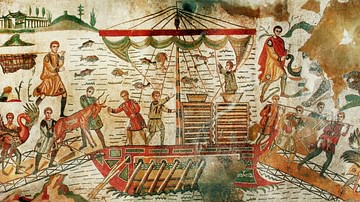
Image
Exotic Animal Transportation, Villa del Casale
Exotic animal transportation, Roman mosaic in the Villa del Casale, Piazza Armerina, Sicily, Italy, 4th century.
Image published in Le Musée absolu.

Image
Nimrud Ivory Panel of a Winged Animal
Never seen by the public before 2011. A small fragment of an ivory plaque from Nimrud. The panel shows a winged 4-legged animal (mythical creature). Phoenician art. Neo-Assyrian Period, 9th to 8th centuries BCE. From Nimrud (ancient Kalhu...
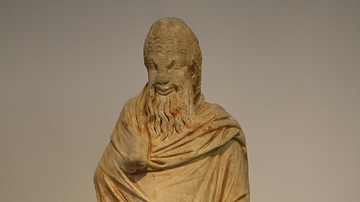
Image
Pan Wearing an Animal Skin
A Parian marble statue of Pan. He holds a panpipe and wears an animal skin. From Sparta. 1st century CE copy of a 4th century BCE original. (National Archaeological Museum, Athens)

Image
Zhou Bronze Tapir-Like Animal
This was probably used to support a vessel. The surface of the animal is entirely covered with incised spiraling decoration. Made in Houma. Eastern Zhou period, 6th to 5th century BCE. From Modern-day China. (The British Museum, London).
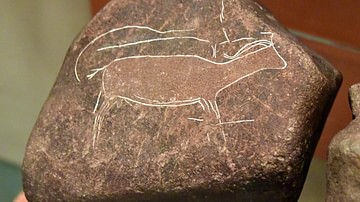
Image
Rock Carved with an Animal Image from Dhuwayla
Rock carved with an animal image from Dhuwayla in the northeastern desert, Jordan, Pre-Pottery Neolithic B, 6900-6500 BCE. Over a hundred stones with rock carvings were discovered in a small seasonal hunting camp in the desert. The majority...